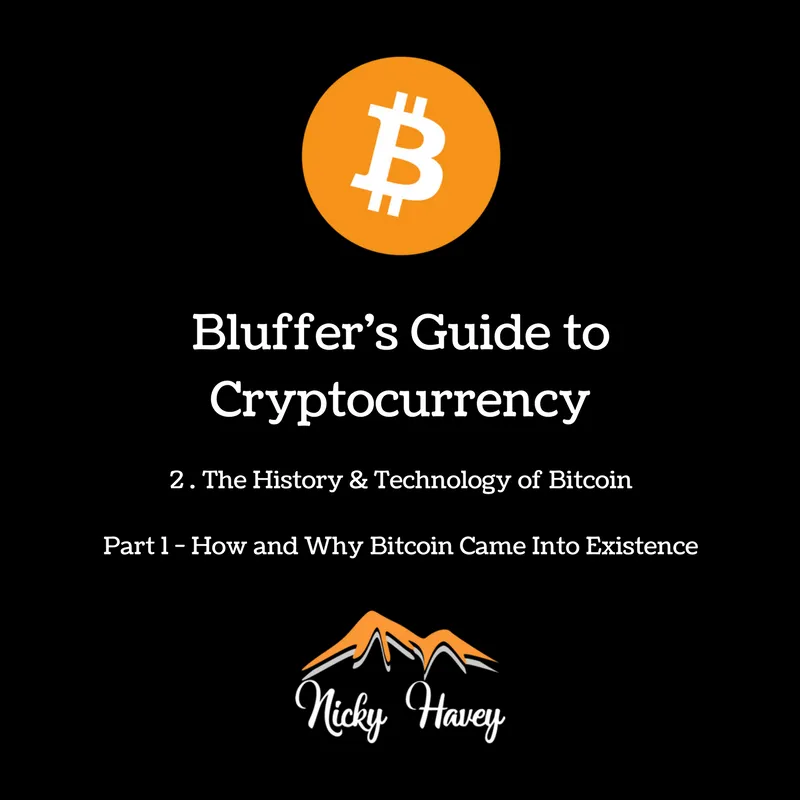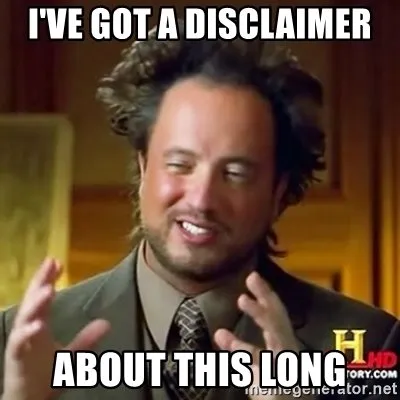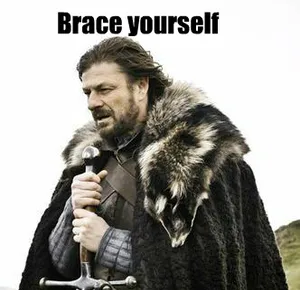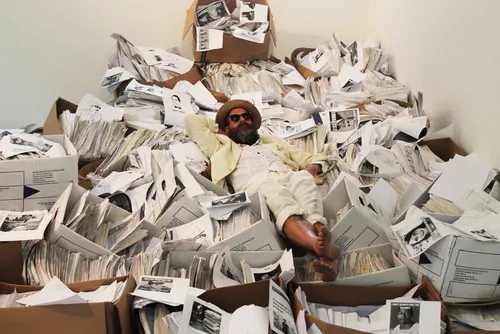
Introduction
So here we are, entering a new world of blockchain technology and the "frenzy" around it with all sorts of coins and cryptocurrencies being created like no tomorrow. The grand daddy of them all being Bitcoin.
But how did Bitcoin come in to existence, why did it come in to existence and what even is it?
In Part 1 of Chapter 2 of the Bluffer's Guide, I'll take you through a brief and very simplified history of money, which will lead us in to how this new digital currency came about and hopefully begin to fill in some of the gaps for you.

Before I begin with this, I want to emphasise that this is a highly simplified version of what I have learnt from my own research and I'm sharing my learning with you. If you do know this topic inside out, be nice to those who are still learning about this (myself included) and we can grow together.
So with that said, brace yourselves, you might learn something! Shall we begin?

Brief (and simplified) History of Money
To understand about the underlying principle of Bitcoin, we need to first understand a little bit about how money (£/$/€ etc. aka fiat money) was supposed to work. Yes, that's right - WAS supposed to work.
Throughout the ages, people have done their business by trading gold, silver and copper for services or products. The most popular of these metals (and therefore the most "valuable") was gold, which was still being used up until the 1970s (remember this decade as it will come in handy later on).
Paper money was used for many hundreds of years when banks introduced it as a means to represent the value of gold. For example, $1 would represent a certain amount of gold that you owned in the bank so you wouldn't have to carry around heavy bags every time you wanted to do business (like this guy)!

Instead, you would use this paper "IOU" and redeem your gold at the bank whenever you needed it. It was a good system as you couldn't just print paper money unless you had some gold in the bank to back it up.
However, as you may well have sensed, this system didn't last and here's why.
The Downfall of The System
After the Second World War (post 1945), the US Dollar became the currency of the world because the United States held more than two thirds of all the gold on Earth. This also meant that they could print more money than anyone else as they had all this gold to back it up. Lucky them...or maybe not.
Unfortunately, what happened was that the US banks started printing more paper money than the amount of gold they actually had. Oops.

Why is this significant though?
Well, imagine you are another country and you want to get your gold out by exchanging it for your US dollars... That has suddenly become a little bit tricky seeing as the US banks gave away your gold because someone else exchanged it with their US dollars.
When did this happen?
If you remembered that it happened in the 1970s, congratulations! Go get yourself some gold... oh wait, pockets are empty, sorry...!

So what is the value of money now if it isn't backed by gold?
Well, quite simply, money is now just a piece of paper, which doesn't really have any value as it is not backed by gold. So we now have a situation where banks can print as much money as they want, which has its own sad implications, affecting most of the people on Earth - the 2008 crash.
Centralised economy
You may remember some phrases the media kept using such as "quantitative easing"? In other words, the banks would "save the economy" by printing more money.
How does that save the economy?
Erm.. it doesn't! And this is the problem with the way that fiat currencies work today. It's centralised as it is controlled by a small group of people (the banks), who have the ability to "create more money" out of thin air.

Decentralised Finance - The New Economy
So now you have had a little bit of an overview as to how things are with the fiat money system, let's talk about the developments of the last 10 years with the new economic system - cryptocurrencies - and how that came about.
Satoshi Nakamoto
Following the 2008 crash, clever and, in my opinion, inspirational individuals came together to figure out a solution to this economic mess that we found ourselves in. One name you will be hearing a lot of when you find out more about Bitcoin, is Satoshi Nakamoto. It's uncertain if that is their real name, or indeed if he/she/they are still involved with Bitcoin, but one thing is for sure, they have put forward a revolutionary idea to challenge the fiat currency system.
The Underlying Principles of Bitcoin
Effectively, these principles are the opposite of our current monetary system. Bitcoin is a decentralised currency as it is controlled by the people who are in the network, not a few in the banks. Furthermore, it cannot just be created out of thin air and there is a limited amount of Bitcoin in the world... like gold. This makes it more appealing but at the same time, a lot more risky and it puts the onus on the individual to be fully responsible for their funds.

But I think that's enough sharing for this particular section of the Bluffer's Guide. I bet you have no questions whatsoever right? Yeah right!
I was as confused as you were (and probably still are) and had many more questions I wanted to find out the answers to. One of them being - "How does this even work?"
Well, you're going to have to wait until the next blog my friends and I will explain all... well, not all but you get what I mean!
But now it's your turn.
Did you enjoy the article or find it useful?
I'd love to hear from you and if you learnt something new, feel inspired to do some of your own research or felt I didn't cover something well enough, let me know and when I finalise the pdf, I'll make it right!
For now though, take it easy and catch you soon!
Nicky
Contents
Welcome
The history and technology of Bitcoin (you are here)
2.1 How and why did Bitcoin come in to existence?
2.2 How does Bitcoin & blockchain actually work?Buying Bitcoin
3.1 How to be secure online with cryptocurrency?
3.2 What are wallets?
3.3 What are exchanges?
3.4 Where can I buy cryptocurrency?
3.5 How to store cryptocurrencies?Definitions of common phrases
Portfolio Management
Cryptocurrency News Outlets
Fluctuations in price
Blockchain Platforms for Musicians & Music Fans
8.1 Atom Collector Records
8.2 Musicoin
8.3 Channels
8.4 Steemit
8.5 Sola
8.6 MindsConcluding thoughts
